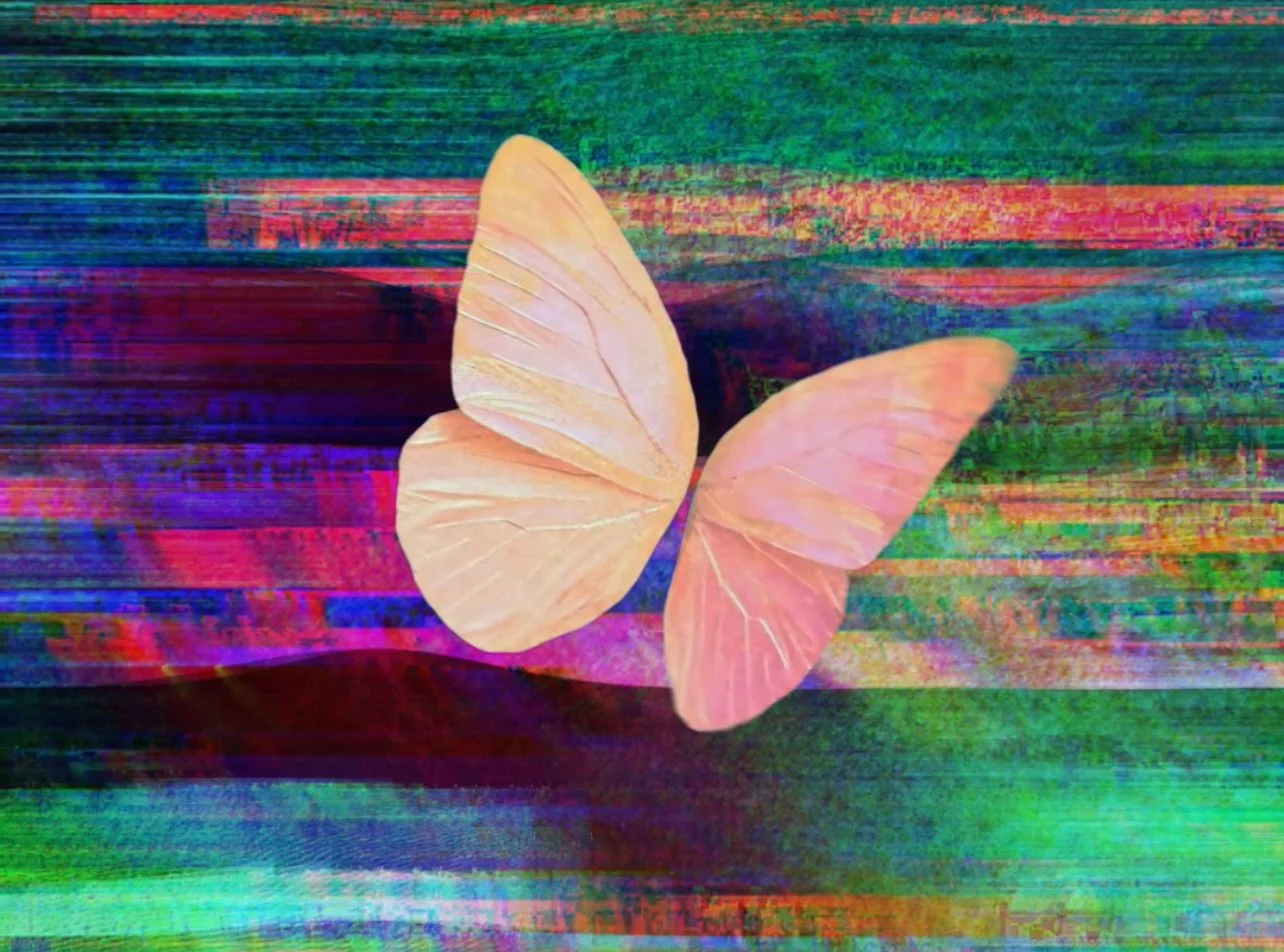Art for all in the Web 3.0 era?
“Inspired by Lidija”, my first NFT minted on a blockchain, an animated digital artwork where nature's lightness merges with serene motion, highlighted by a symbolic butterfly amidst vivid abstract waves. (Photo: Benoît Theunissen)
I’ve created my first NFT... Hopefully, the beginning of a long series. In fact, I already have several files in the pipeline waiting to be minted onto the blockchain over time.
Nevertheless, I decided to proceed with caution. Web 3.0 often operates in an ecosystem distinct from Web 2.0. The names, acronyms, platforms, and technologies can require a bit of learning before diving in.
The process of creating my first NFT
Clearly, launching into minting my first NFT is the result of a long process. It’s likely the culmination of two or three years of observation and reflection. I don’t have all the answers yet, but I had to take the plunge. The answers will come along the way. After all, practice makes perfect.
"Inspired by Lidija" immerses us in a vibrant tranquility, an animated digital exploration where the lightness of nature blends with a continuous flow of calm and softness. (Video: Benoît Theunissen)
I’m probably late to the game, some might think. I want to prove them wrong by arguing that the NFT market booms in 2021 and 2022 actually kept me somewhat distant from various platforms. The hype at that time seemed to generate more noise than anything else.
Moving beyond the hype
Today, the hype has subsided a bit, and I feel we’ve moved away from the frenzy over all sorts of pixelated artworks. The added value and real role of NFTs have gradually made their way into public awareness. Digital artists are starting to emerge, and platforms dedicated to creative curation are coming to the fore.
Observing Web 3.0 innovations
As a former financial journalist, I’ve observed the innovations of Web 3.0 and blockchain. Their impact on the art world immediately caught my eye, especially the democratization of artwork distribution and the enhanced narrative interactivity of the pieces.
The benefits of visual arts are primarily non-financial. Art stimulates creativity, enhances empathy, and deepens our understanding of the world. It all happens through a single channel: our gaze. It’s a skill that improves with practice.
The role of art in society
“What’s the point of art?” we often hear. For me, the answer is simple: I appreciate art as a reflection of unique values, trends, and perspectives — those of the artist.
Through my personal experiences both consuming and creating art, I’ve gained creative freedom and a broader perspective on the world I inhabit. I want to contribute to the democratization of art to inspire others to explore its richness... to sharpen their view of the world.
Democratizing art through technology
Art shouldn’t be reserved for a wealthy elite with the right connections in exclusive distribution channels. Until recently, many emerging visual artists were desperately waiting to be noticed, ultimately garnering only a few impersonal likes on social media platforms of Web 2.0.
Though technological and virtual, Web 3.0 can help bring back human connections in transactions. Beyond this crucial aspect, the tokenized art market opens the door to the democratization of art, for both artists and consumers.
Embracing Web 3.0's challenges
By overcoming a few technical concepts (which make the exchange systems of tomorrow), everyone now has access to the art market. The middlemen have disappeared, and everyone can operate under the most basic market principles.
Of course, practice is essential beyond theory. The challenges of breaking into a new market are numerous. Marketing strategies and governance models related to Web 3.0 are still experimental. Isn’t it digital art, with its inherent DNA of constant experimentation, that allows artistic techniques to evolve rapidly and makes the realization of creative ideas more accessible and affordable?


